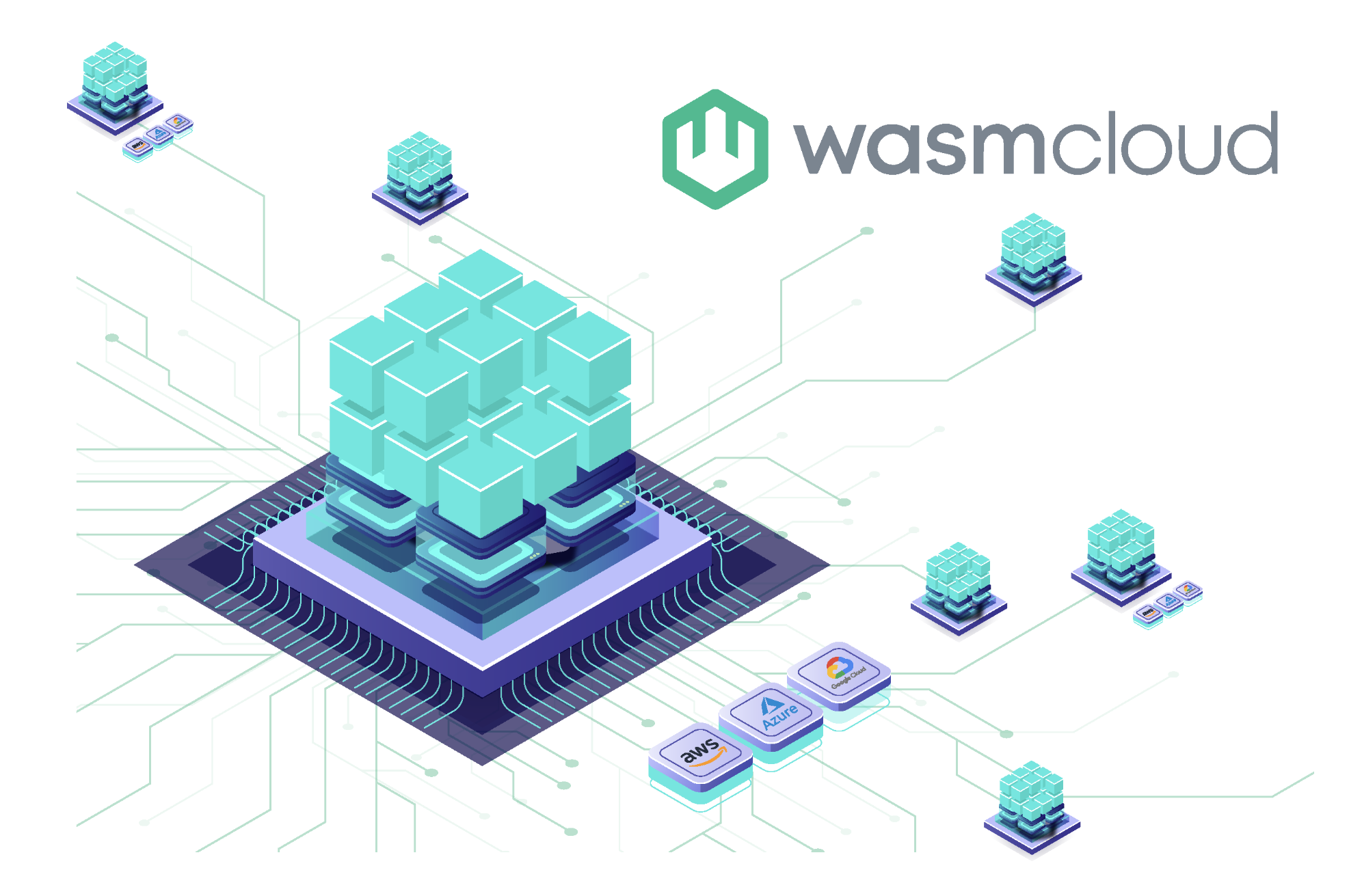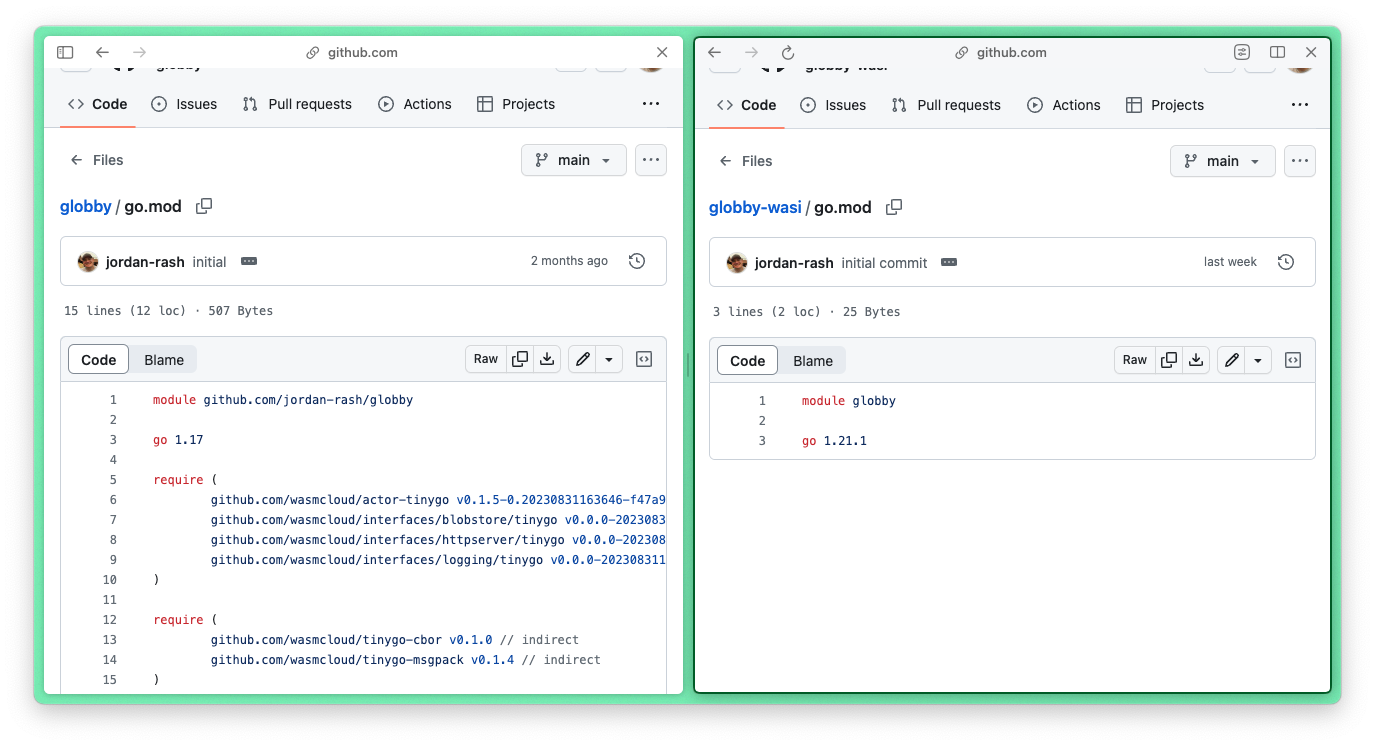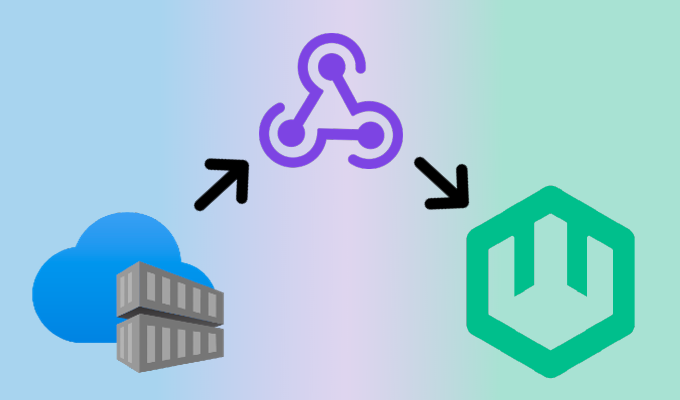
As core contributors and maintainers of the popular CNCF project, wasmCloud, we’re excited to work towards the next major milestone in the evolution of this awesome community platform. In the next couple of posts, we’ll take a look back at how far we’ve come, and look ahead to what we can expect from wasmCloud 1.0; our standards-led, production-ready release due to be unveiled in early 2024.








